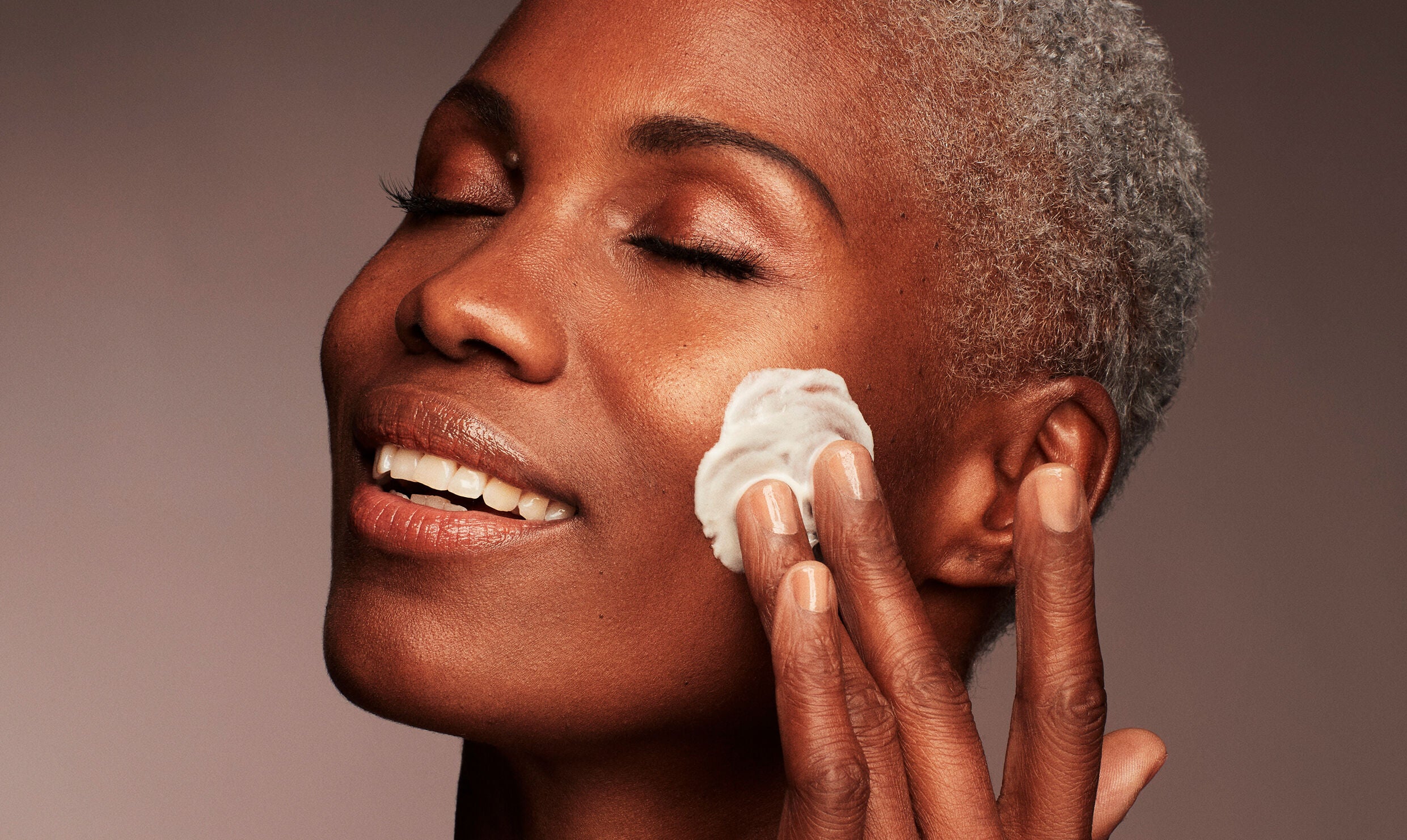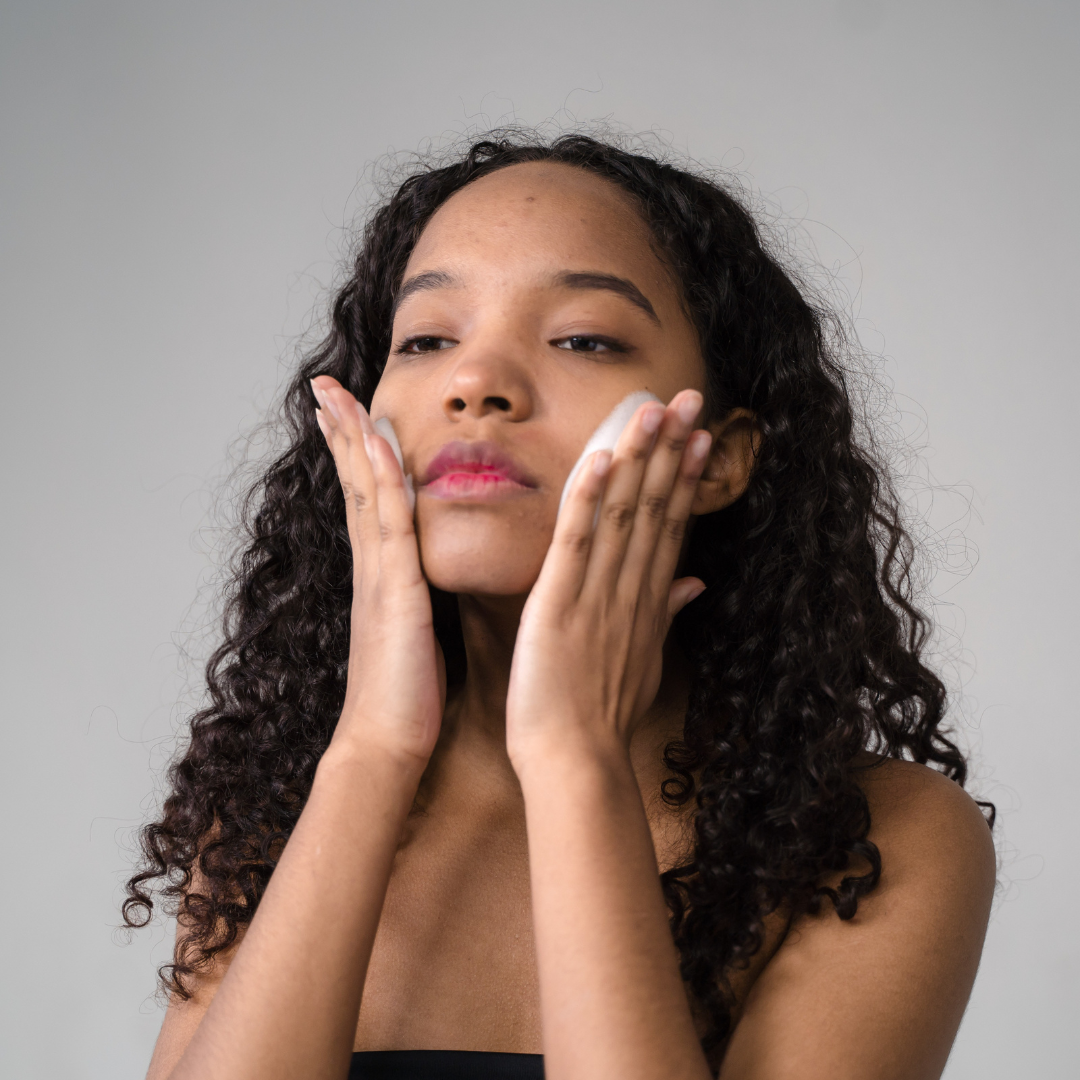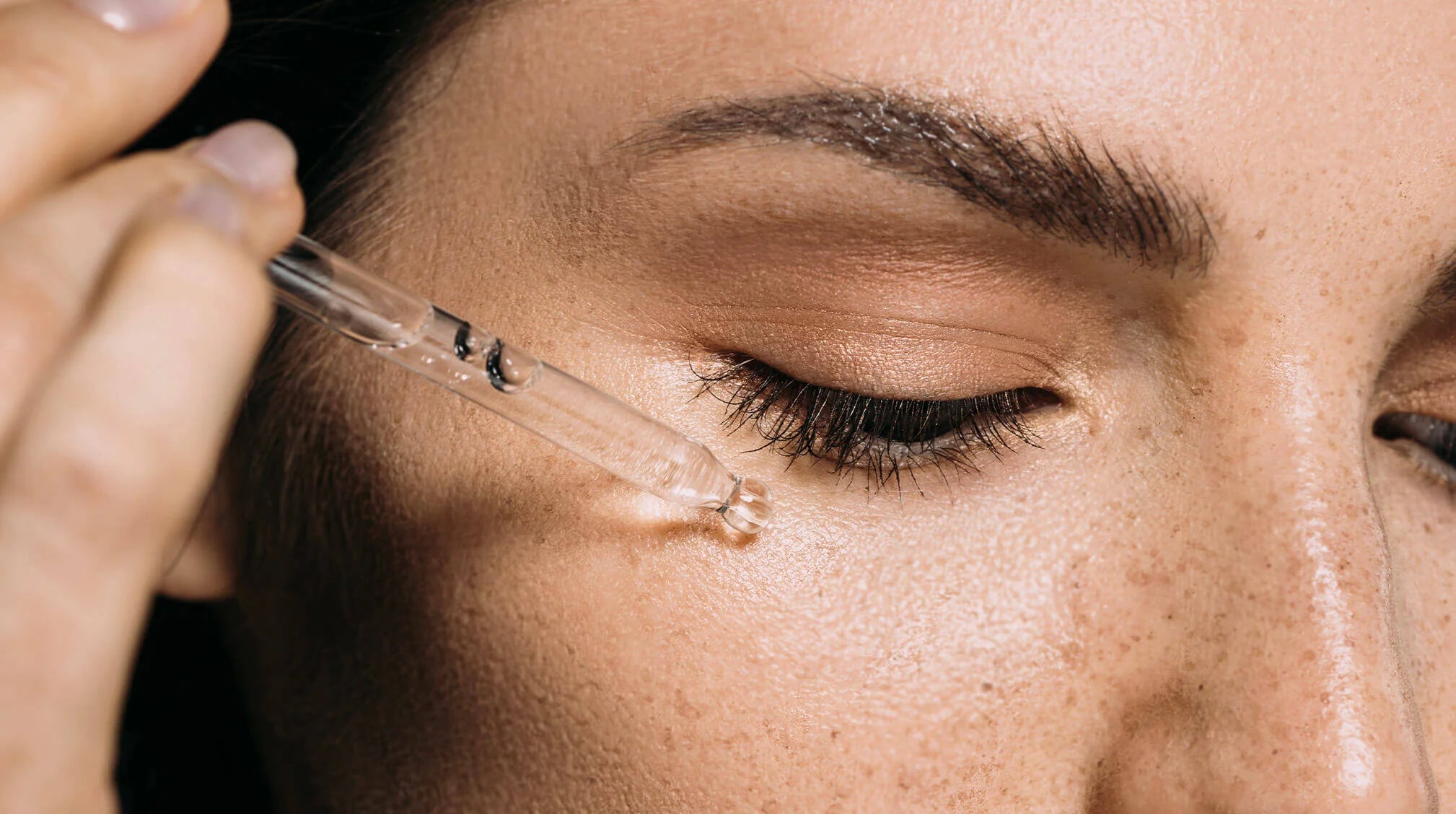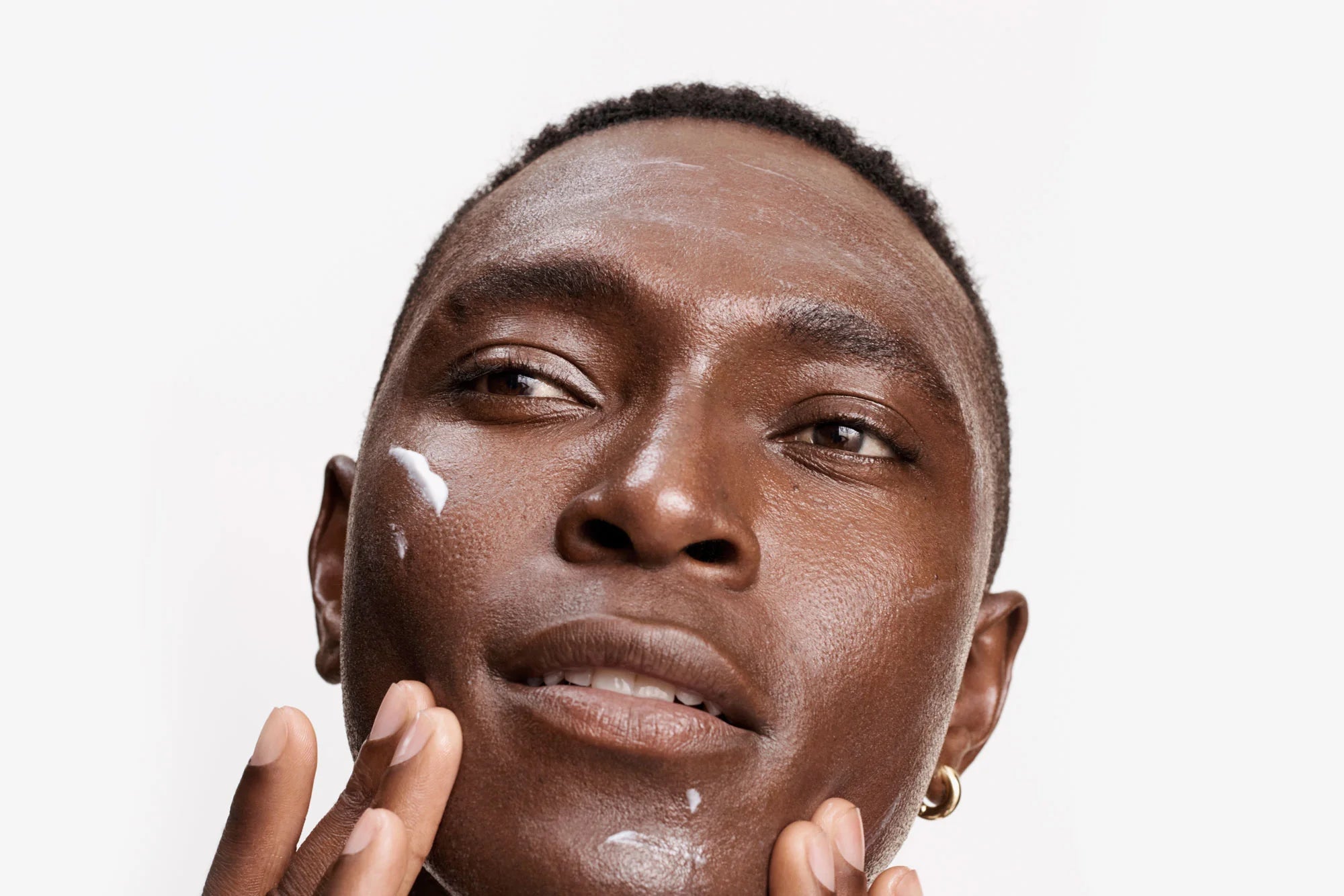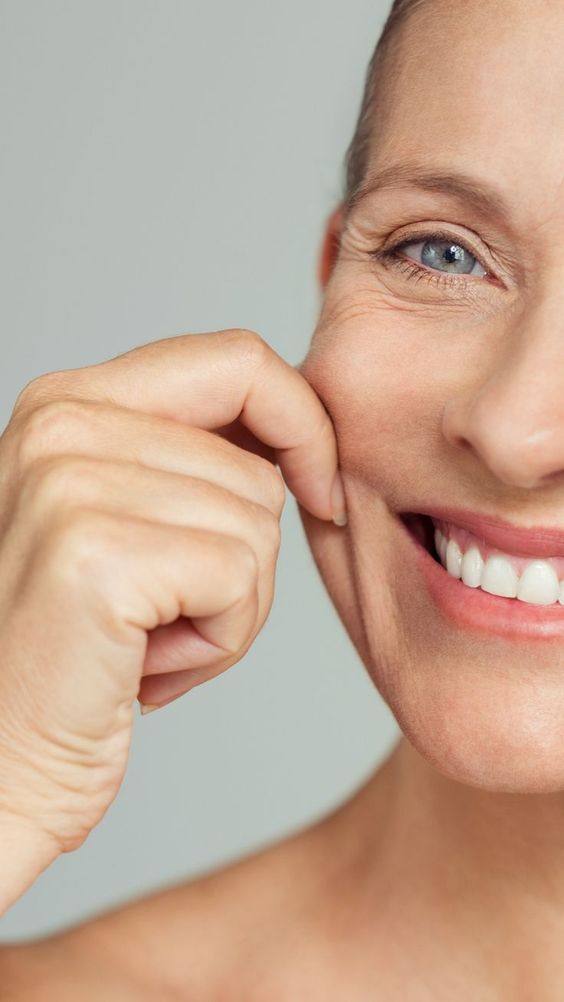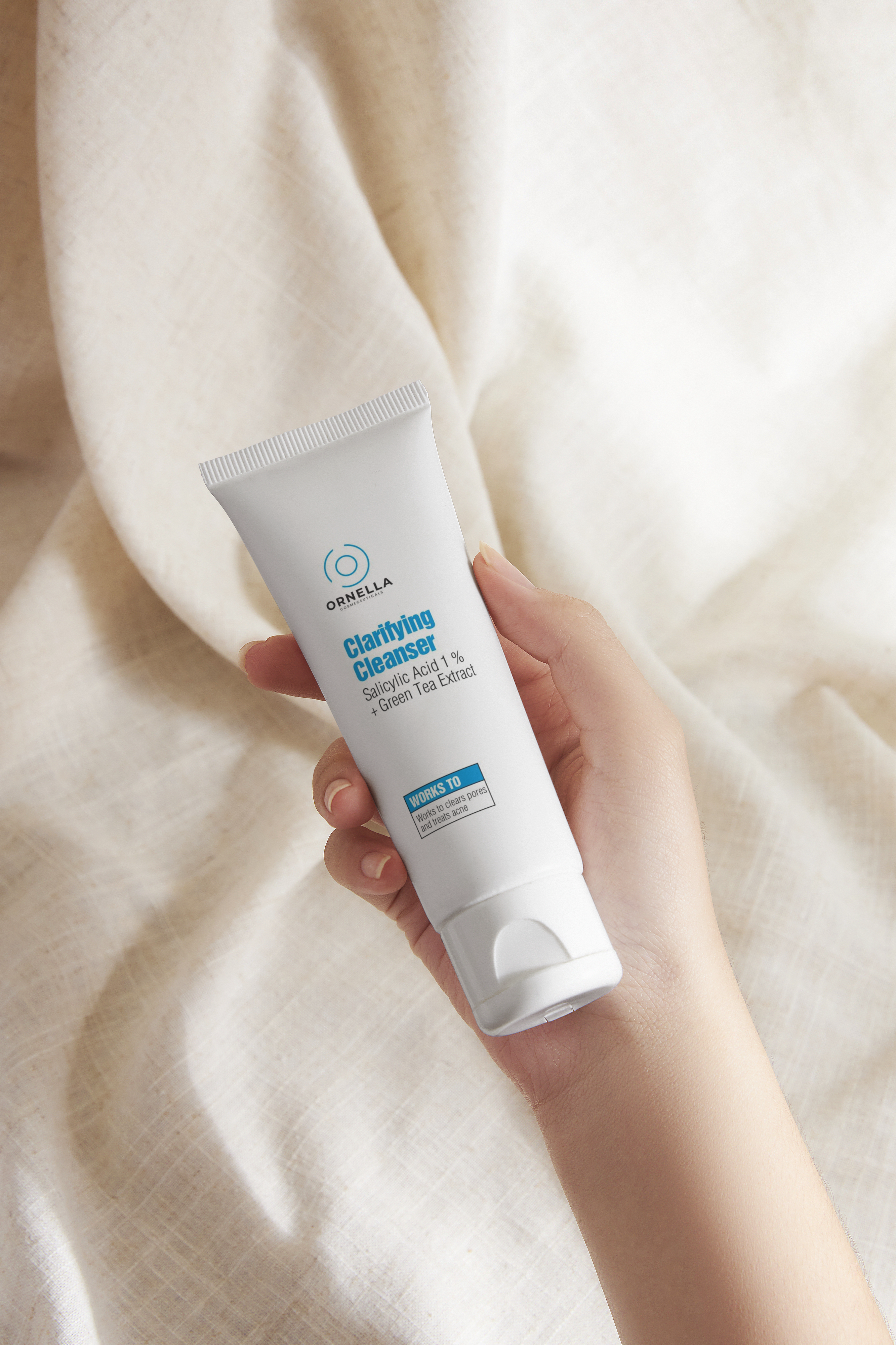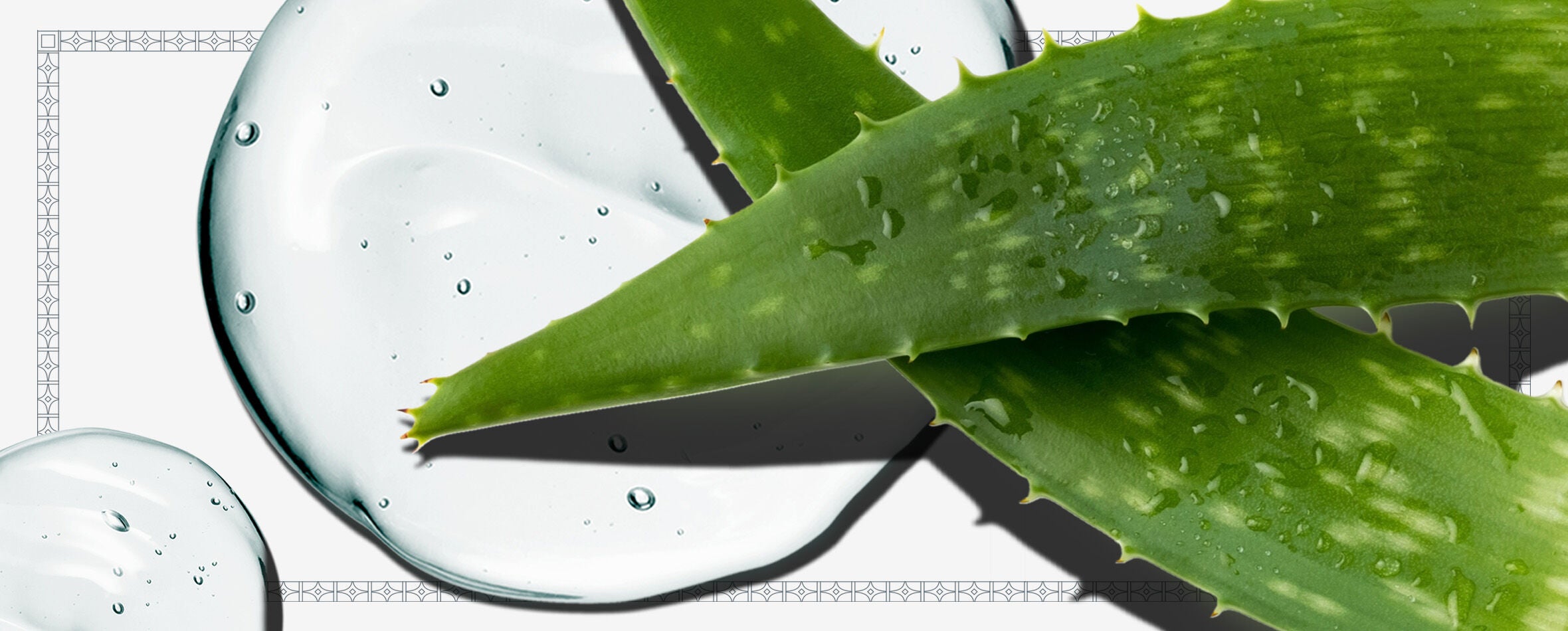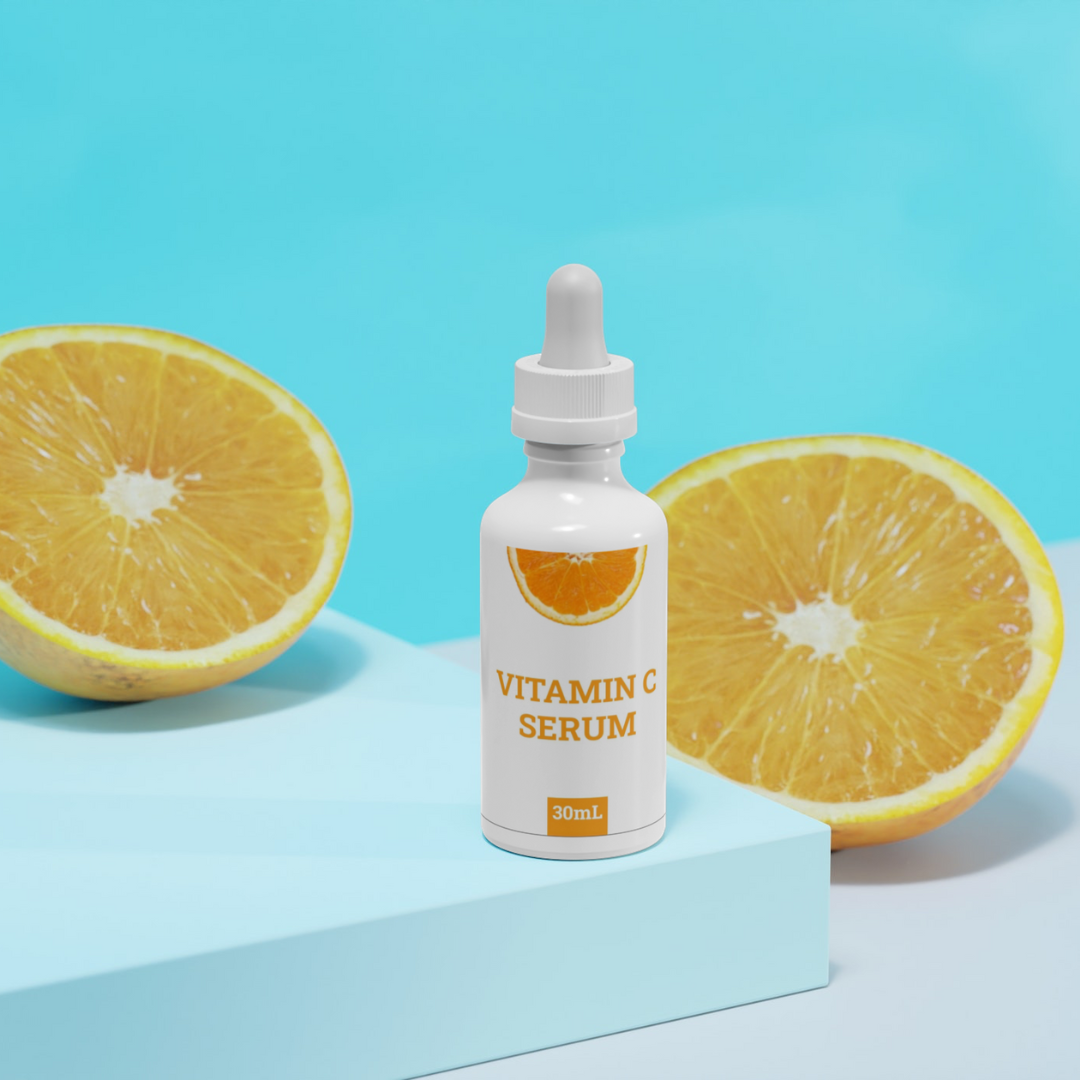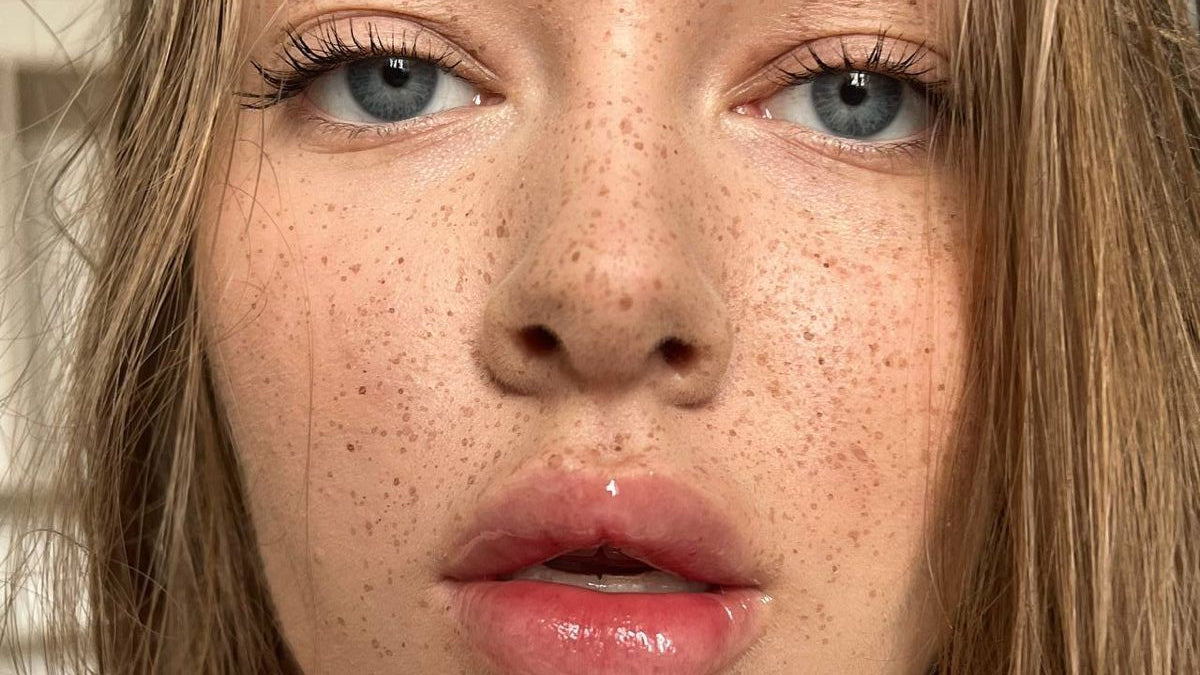
The Difference Between Sunspots and Freckles and How to Care for Each
While sun-kissed skin often carries a positive, aspirational connotation, the reality doesn’t always quite match up. Besides dealing with sunburn, melasma, body acne, and other common skin concerns during the summer months, many of us also find ourselves dealing with some other sunshine-triggered features, such as sunspots and freckles. Whether you embrace them or not, understanding the difference and how to take care of them can keep even the most “sun-kissed” skin happy and healthy. Read on for everything you need to know.
How to Care for Freckles
Regardless of whether your complexion contains just a smattering of spots on your cheeks or clusters spread across your face, chest, and arms, all freckles are categorized as a type of hyperpigmentation. These small dots are darker in tone than your complexion, appearing brown, red, gray, or black, and usually show up in areas that are frequently exposed to the sun. As you can probably guess from taking a look at your family tree, freckles are hereditary. They are caused by the gene MC1R which, by the way, is the exact one found in those with red hair (which explains why these two traits often go hand in hand). Even though freckles are part of our DNA, they won’t show up on the skin for a few years until they’re “activated” by UV ray exposure—which is why your freckled complexion is absent in most baby pictures—and they tend to come and go as the seasons change.

While anyone can get freckles, they’re often associated with skin types that burn easily. That’s because there are two types of melanin produced by the body, pheomelanin and eumelanin, determined by genetics. Eumelanin naturally protects the skin against UV rays, while pheomelanin does not. Freckled folks happen to produce more pheomelanin than eumelanin, making them particularly vulnerable to sun damage. Whether you don freckles or not, everyone needs to wear broad-spectrum sunscreen (we suggest our VITAMIN C + PEPTIDE 24 SPF 30 SUNSCREEN, which also has fringe benefits for aging skin) to keep the skin safe and protected.
What Are Sunspots?
Sunspots, age spots, liver spots… Whatever you call them, these dark marks look similar to freckles but are slightly larger in size and often increase in appearance as skin ages. Unlike freckles, sunspots are not genetic but form when the skin is frequently exposed to the sun and, in response, produces more melanin. If it seems like your freckles are turning into sunspots (they’re not, since they're two different types of marks), that’s because freckles tend to fade as we grow older, just when sunspots begin to appear, Because the sun exacerbates sunspots, wearing sunscreen daily, staying in the shade, and keeping exposed areas covered can prevent them from forming. If you’ve already got some, sunspots (and freckles, if you’re not a fan of them) can be diminished the same way you treat any other form of hyperpigmentation. Exfoliating on a regular basis to release some of the pigment and incorporating brightening products into your routine. A community-favorite toner that uses AHA'S and BHA'S does both). While freckles often fade naturally with age, sunspots can be a bit more stubborn.
Both freckles and sunspots are benign and harmless. It is, however, important to regularly check your skin for mole (which are large, raised, dark spots). Keep an eye out for spots that appear asymmetrical, have irregular edges, or change in size, color, and appearance and visit a derm if you’re concerned.
